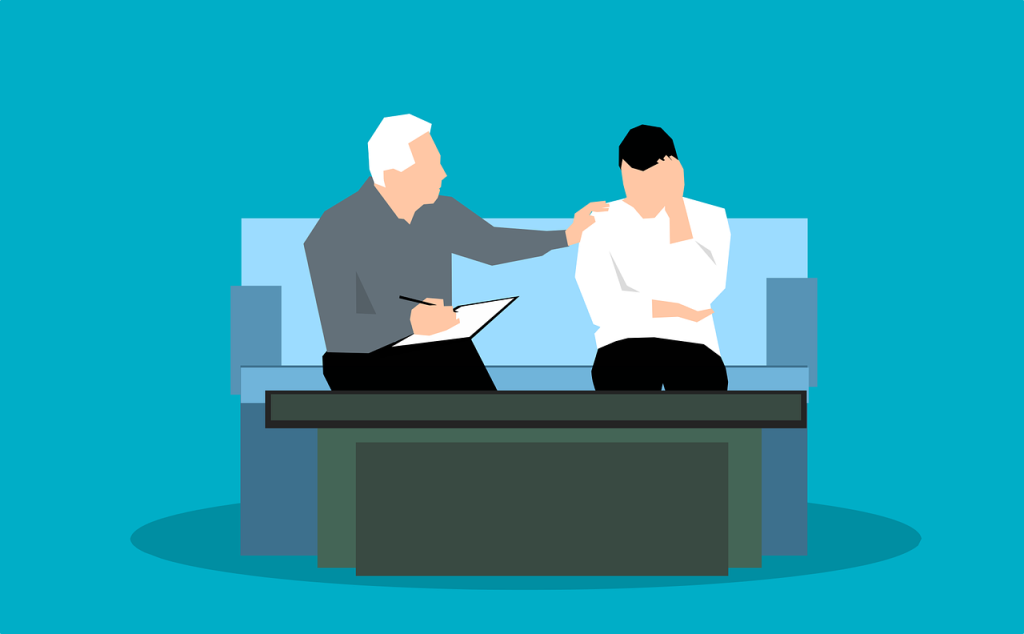
1. Stress Risk Assessments
Businesses with 5 or more employees now have a legal duty to protect their team from stress at work by doing a Stress Risk Assessment, writing it down and acting on it.
If you have fewer than 5 workers you don’t have to write anything down, however the HSE recommends that it is useful to still do this, so that you can review it later, for example if something changes.
Stress Risk Assessment Tool
The HSE’s website provides access to an online tool which can be used to anonymously survey your employees and gather the results into a report. You need a minimum of 10 responses to make it worthwhile.
Cost
FREE if you have less than 50 employees. For employers with larger teams, pricing is shown on the HSE website (link below) or you could set up your own survey using the HSE questions (Microsoft Forms and Google Docs both offer free survey options and there are both free and paid options available via services such as Survey Monkey).
All HSE survey and risk assessment details can be found here: Stress Indicator Tool
Further guidance on managing work related stress is available on the HSE website: Work-related stress and how to manage it: overview – HSE
If you would like any help with this, please let me know.
2. Mental Health Reasonable Adjustments – new ACAS Guidance
Every week I get a call from a client who has an employee who is either absent or struggling at work due to their mental health. Helpfully, ACAS has launched new guidance on Reasonable Adjustments for Mental Health.
While reasonable adjustments are specific to the individual employee, they might include things such as (where practical and reasonable for the business to offer these):
The full ACAS guidance can be found at: Reasonable adjustments for mental health – Acas.
Causes and signs of stress: Managing work-related stress – Acas
3. What is Mental Health First Aid?
Mental health first aiders are trained employees who are a point of contact for colleagues who are experiencing a mental health issue or emotional distress. Mental health first aiders are trained to listen in a non-judgmental manner and to guide the individual, encouraging them to access relevant support. Such employees are there to lend an ear and reduce the stigma associated with talking about mental health. Mental health first aid training also aims to raise awareness of mental health conditions in the workplace.
Face to face Mental Health First Aid training is available via local providers such as Optimise Learning and St Johns Ambulance
Or online via companies such as Learning Curve (fully funded) Level 2 Course in Mental Health First Aid | Learning Curve Group
4. Free, online, Mental Health Awareness training for all team members
If you google “online Mental Health training free” you will find a variety of options to choose from, including:
Every Mind at Work’s free, 1 hour Everymind Champion interactive course which equips team members with the tools to support themselves and others in the workplace, alongside giving them practical suggestions to improve mental health within the business. This is a great introduction for everyone.
Learning Curve are currently offering the following 7-week online qualifications for free ie fully funded :
Level 2 Certificate in Awareness of Mental Health Problems | Learning Curve Group
Learning Curve – Men’s Mental Health
The number of men who have suicidal thoughts has doubled since 2009. Although men are now more likely to see a therapist if they’re feeling worried or low, there’s still a long way to go to ensure that men are supported with their mental health.
This free online course covers the signs, symptoms and triggers of poor mental health, as well as the differences in how some mental health conditions present themselves in men compared to women.
Further details are here: Certificate in Awareness of Men’s Mental Health Problems | Learning Curve Group
5. Access Free Mental Health Support for You and Your Team
Some resources that might be of help are:
NHS – Answer 5 simple questions to get your free, personalised mental health action plan with tips and advice to help you be kind to your mind. Your mind plan
Maximus – is now the provider of the Department for Work and Pensions free Access to Work Mental Health Support Service. The link below will take you to a collection of resources to help you and your team make the most out of this cost-free support. You’ll be able to download materials to share with your team and also find details of mental health training courses and other useful resources.
Employer’s Mental Health Support Toolkit
Employees can also Self-refer themselves here for 1:1 help.
Every Mind At Work’s information, resources and webinar recordings can be found at: Resources – Everymind At Work
Mind – provides employers with further free resources, such as a Wellness Action Plan which provides a structure and some questions to ask when discussing the issues an employee might be experiencing and the help that they might need from you.
Other helpful resources in the Mind website are:
6. Where to start with all of this??
To help you get started and sort your way through and around all of the information provided in this update, I have listed below a basic outline action plan to set you on your way.
If you have managed to read to the bottom of this, well done and thank you! Haha!
If you need help with completing a risk assessment and producing an action plan, please don’t hesitate to get in touch with Nicky.
← Back to Business News